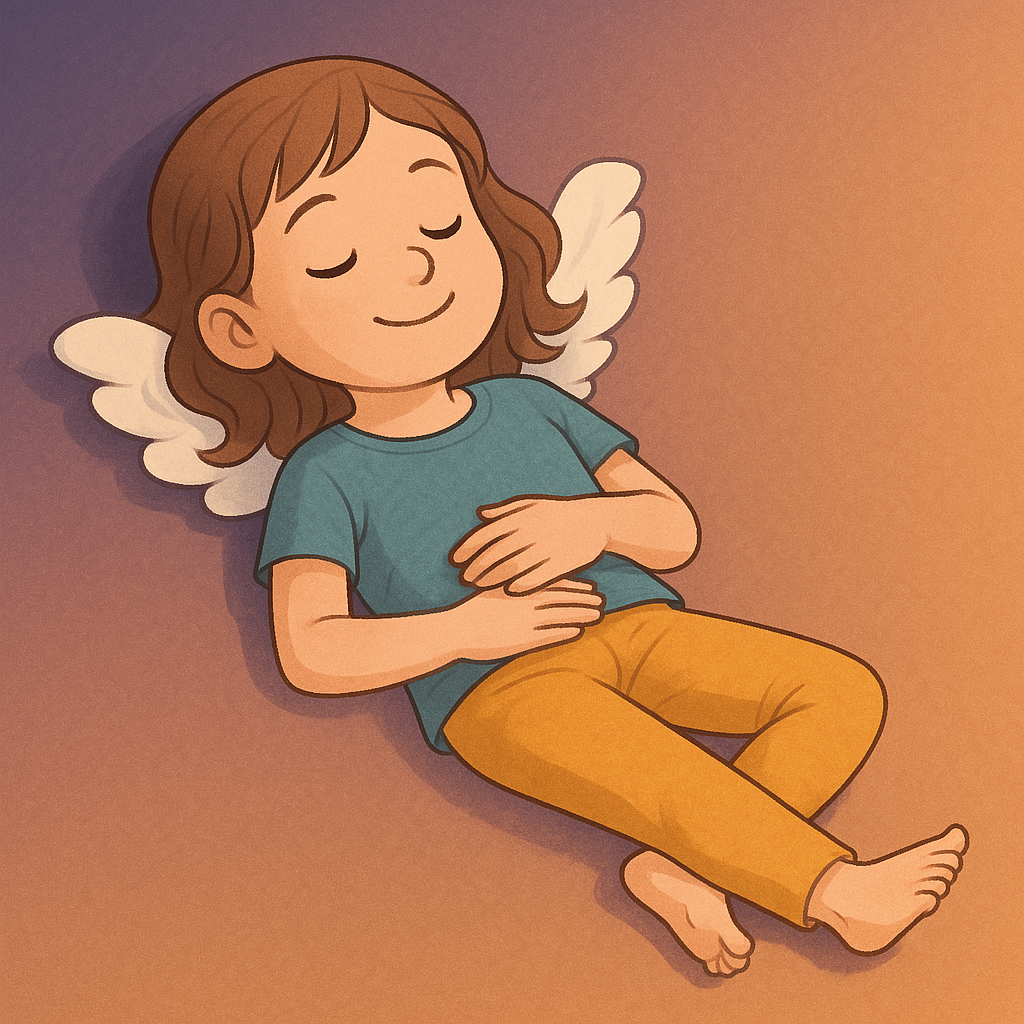Introduction
Do you find it hard to sleep, relax, or stay focused? You’re not alone. But there’s a powerful, science-backed method that can help—it’s called NSDR, short for Non-Sleep Deep Rest. This guide will teach you how NSDR works, why it matters, and how anyone—kids, teens, or adults—can use it to feel better, sleep deeper, and stay calm.
What Is NSDR?
NSDR (Non-Sleep Deep Rest) is a way to deeply relax your body and mind without actually falling asleep. It involves breathing slowly, closing your eyes, and following calming audio instructions—almost like meditation or guided rest.
Even a few minutes of NSDR can help you:
- Feel calm and clear-headed
- Fall asleep faster
- Reduce anxiety and stress
If you’ve ever tried yoga, breathing exercises, or listening to relaxing music before bed, NSDR is very similar—but more focused.
Understanding NSDR for Better Sleep
NSDR trains your brain to calm down. This is a big part of sleep hygiene, or the healthy habits that help you sleep better at night.
When your body learns how to relax deeply during the day, your mind also becomes better at resting at night. That’s why NSDR is great for:
- People who can’t sleep well
- Kids or teens who feel anxious
- Adults dealing with busy schedules or burnout
Benefits of NSDR
Using NSDR daily can change how you feel—fast. Here’s what you can expect:
✅ After 7 Days of NSDR:
- You may fall asleep faster
- You feel less stress and more energy
- You’re able to think clearly and stay focused
- You notice less anxiety in your day
✅ Long-Term Benefits:
- Better sleep hygiene and deeper sleep
- More emotional control
- Better health and immune system support
These results are backed by brain research and science-based studies.
How to Try NSDR (It’s Easy!)
You don’t need anything fancy—just a quiet spot and maybe headphones. Here’s a simple way to begin:
- Find a quiet space (bedroom, car, or classroom corner)
- Sit or lie down comfortably
- Close your eyes and take deep breaths
- Play an NSDR audio (YouTube has many free guided NSDR tracks)
- Let your body relax while your brain rests
Start with 5–10 minutes each day. You can try NSDR after school, before bed, or during a break at work.
NSDR for All Ages
This method works for everyone:
- 🧠 Mindfulness for kids: Great for school focus and bedtime
- 😌 Mindfulness for teens: Helps reduce anxiety, improve grades, and sleep
- 🧘 Mindfulness for adults: Powerful for stress, burnout, and productivity
Calming techniques for all ages include NSDR, deep breathing, body scans, and slow music. Add these to your daily routine to feel the change.
Daily Mindfulness Exercises to Pair with NSDR
- Deep belly breathing (4 seconds in, 4 out)
- Gratitude journaling (write 3 good things)
- Stretching or light yoga
- Coloring or art
- Sitting silently in nature
These daily mindfulness exercises help build a stronger mind-body connection and work well with NSDR for full-body calm.
Final Thoughts
NSDR is simple, free, and life-changing. Whether you’re a busy adult, a stressed student, or a parent trying to help your kids relax—NSDR can help.
Try it for just one week and see how your sleep, mood, and focus improve. It’s more than a rest—it’s a reset.
🌙 Train your brain with NSDR. Sleep better. Live better. Feel better.
Trusted Source: verywellmind
Sleep Foundation – Sleep Hygiene Guide

